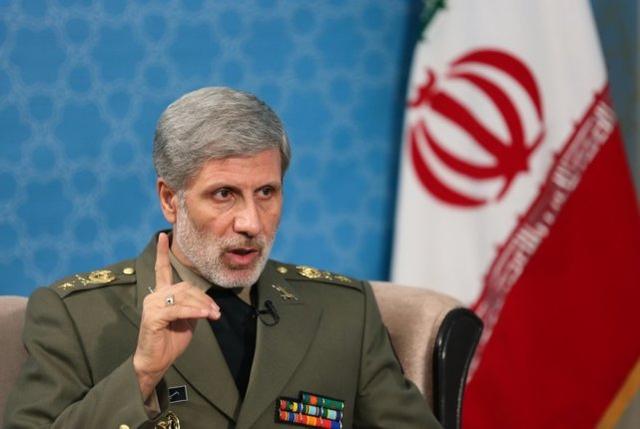Since the unilateral withdrawal of the United States from the Iran nuclear agreement in May 2018, the United States has imposed “extreme pressure” on Iran and repeatedly imposed sanctions.
In May 2019, Iran took five-step measures to reduce the implementation of the Iran nuclear agreement in response to U.S. sanctions.
At the end of last year, the assassination of Iran’s senior nuclear scientist Fakrizad, and the Iranian Parliament high-profilely passed the Anti-Sanctions Strategy Law to legalize uranium enrichment activities until Iran has begun to implement relevant measures to increase uranium enrichment to 20%.
Against the backdrop of the recent confrontation between the United States and Iran, what is the purpose of Iran’s move? What will be the future of the Iran nuclear agreement?
Some analysts point out that in 2011, that is, before the Iran nuclear agreement was reached, Iran’s uranium enrichment abundance reached 20%.
However, after the signing of the Iran nuclear agreement, the United States and European countries not only failed to implement the contents of the Iran nuclear agreement, but also continuously put pressure on Iran.
In this regard, Iran emphasizes that Iran has full right to carry out nuclear research and development for peaceful purposes.
Political analyst Mugadam: Iran once reached an enriched uranium enrichment level of 20%, but now it can easily be achieved.
If all parties to the Iran nuclear agreement other than the United States fail to fulfill their commitments, or the United States wants to set preconditions for the return to the Iran nuclear agreement, Iran will do so.
In addition, in response to several claims by the United States, Israel and other countries that Iran will manufacture nuclear weapons, the Iranian government has repeatedly stressed that all its nuclear research and development is civilian projects, and Iran has no intention to manufacture nuclear weapons.
Previously, there were public opinion that the new U.S. government may return to the Iran nuclear agreement. Recently, Sullivan, Biden’s national security adviser, said that the basic conditions for returning to the Iran nuclear agreement include the need to “top” Iran’s missile program.
Iranian analysts said it was not difficult to see that in the face of the Iranian nuclear issue, the Biden administration may not want to correct the mistakes, but follow the dangerous policies of the current U.S. government.
Iranian political analyst Izzadi: They (the Biden team) are only verbally criticizing Trump, but still implementing Trump’s policies in action.
They are making a huge mistake. It would have been [Biden] to correct the wrong, but it doesn’t seem to be the case, and will follow the existing dangerous policies.
Iranian political analyst Izadi also believes that all Iran’s current nuclear programs are reversible, and the key to resolving the Iranian nuclear issue is that the United States should return to the Iran nuclear agreement and lift sanctions against Iran.
Otherwise, Iran may continue to implement more steps of the Anti-Sanctions Strategy Law to counter it, and the Iran nuclear agreement will be challenged.
Iranian political analyst Izzadi: If the United States does not return to the Iran nuclear agreement, continue to follow Trump’s policies, accuse Iran of its missile program, etc., the Iranian government will have to comply with Iran’s laws, and the differences between the two sides will grow.
Some analysts point out that as the United States is approaching, in addition to carrying out a high-abundance uranium enrichment program, Iran may adopt more countermeasures in the future, including further expansion of its nuclear program.
The recent intensification of confrontation between the United States and Iran has also plunged the Iranian nuclear issue into a deeper quagmire, and the situation in the Middle East may continue to be volatile.



